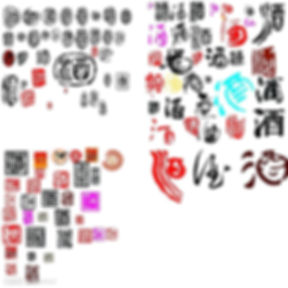Villa Travignoli Chianti Rufina 2016 Governo, DOCG

The first impressions. Travignoli Chianti Rufina 2016 Governo is more approachable than most Rufina wines; it starts with a subtle fruitiness against a strong tannin-acid backbone. This bottle does not lack any of the structure or power one would expect; it expresses a pleasant honesty of fruit. Some textbook generalizes Chianti Rufina as relatively light; this bottle tells exactly the opposite though. Some would even comment that high acidity and tannins are characteristic of Chianti Rufina, and that some can be harshly tannic when young and slow to develop into a mature Chianti. No-not with this bottle of Travignoli Chianti Rufina 2016 Governo.
The second nose returns us to the classic, red fruit profile from Sangiovese, with forest aromas, wild berries and pine groves. The taste repeats with a pronounced, darker, fruity expression-rounder and more in-depth-perhaps even more attractive as fruitier yet structured wine. We have some reasons for that. First, after racking, some grapes dried on bamboo panel added to the wine in stainless stee. This technic is known as Governo. which seems to be a traditional method of production abandoned years back. Second, the grapes are south-facing hence the grape skin is intense. So, it gives more structure and the colour of the wine is deep ruby atypical of Chianti with brownish coffee shades, which reflects the colour in the glass. The structure certainly improved and smoothed the end of the taste. Long finish; medium-bodied 13% Abv.
A lot to tell about this little wine!
Some salient features that help to build this wine the way we see it.
The grapes are fermented in stainless steel tanks at a lower, controlled temperature (26/28°C) for ten days. After fermentation, the wine is in traditional wooden barrels for nine months.
Travignoli, a name which means "Tra Vignoli" (between the vineyards) locates in the middle of Frescobaldi's Nipozzano vineyard, in the Chianti Rufina region, where it enjoys a southern exposure, calcareous soils and an altitude ranging from 250 to 400 meters above sea level.






















